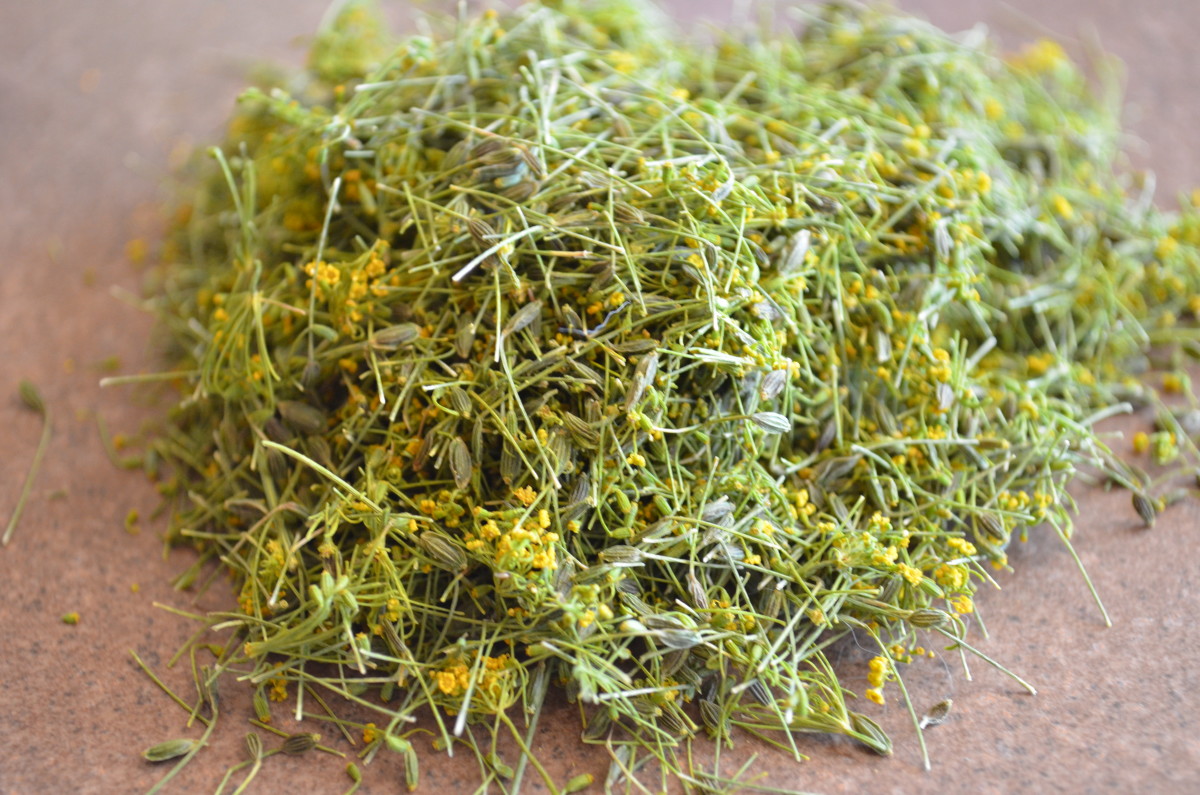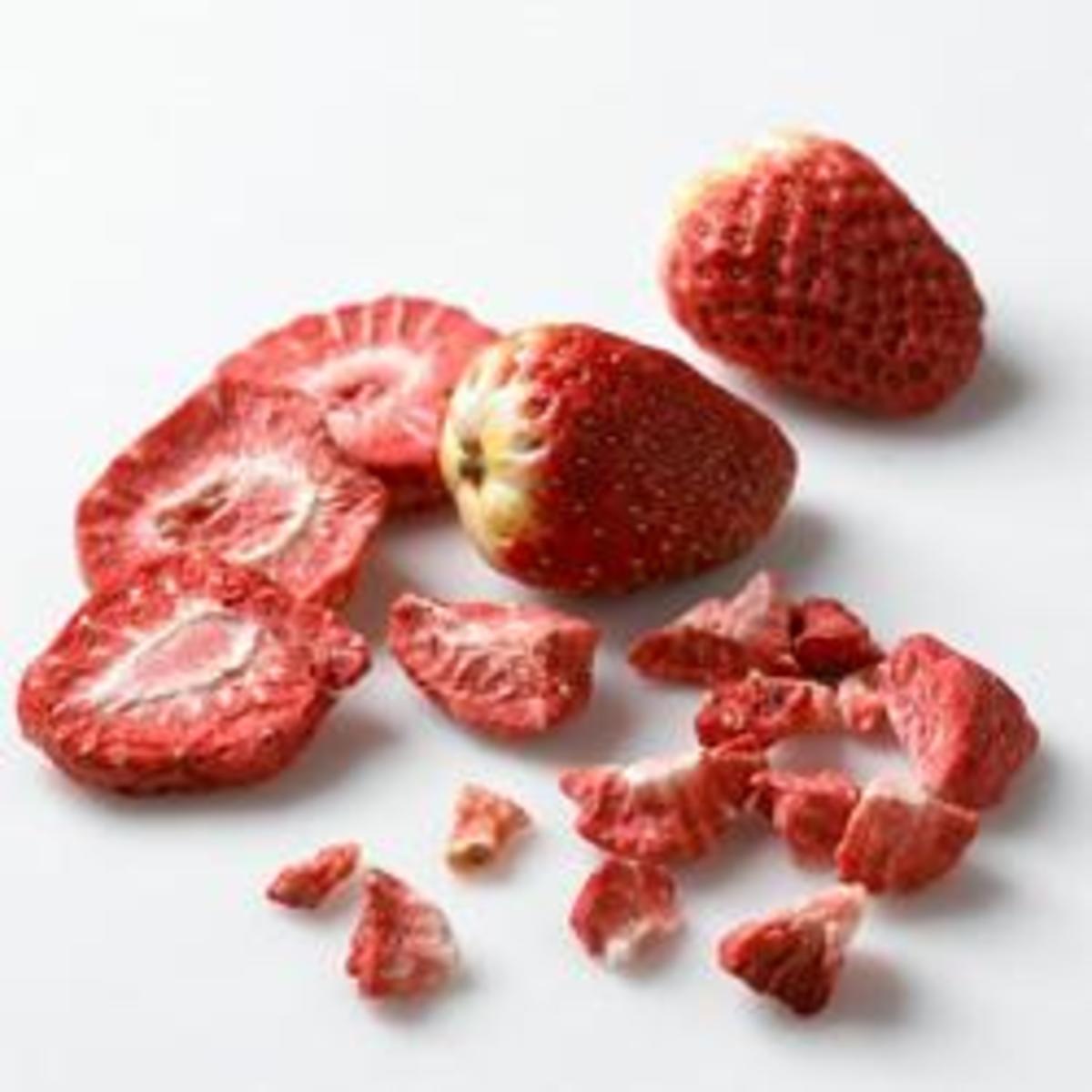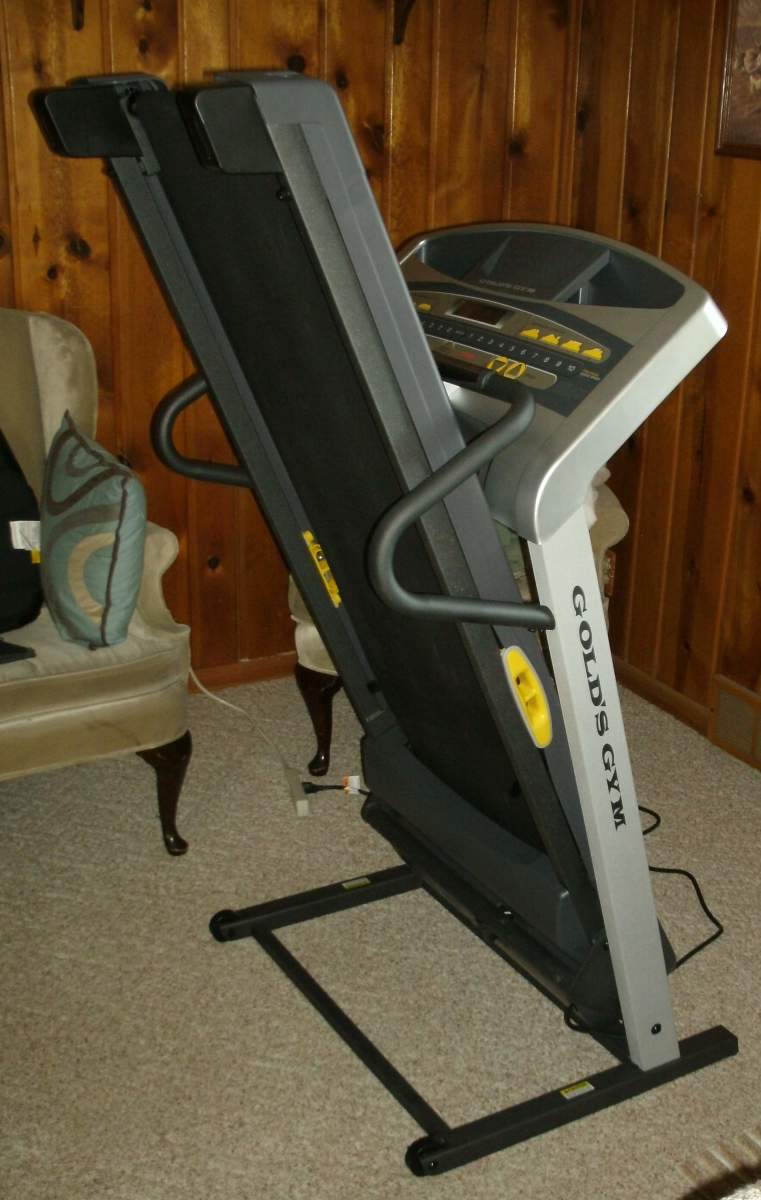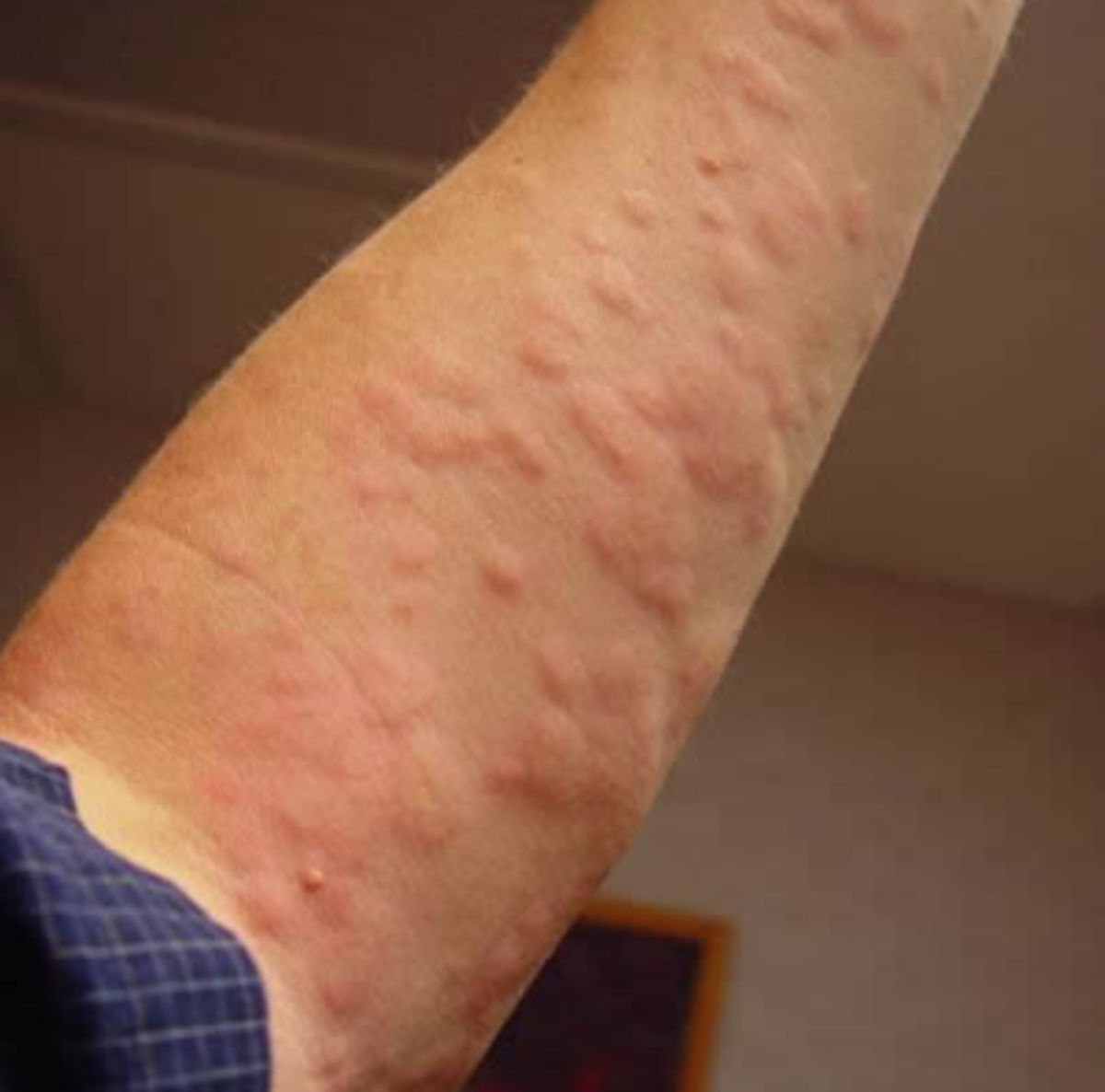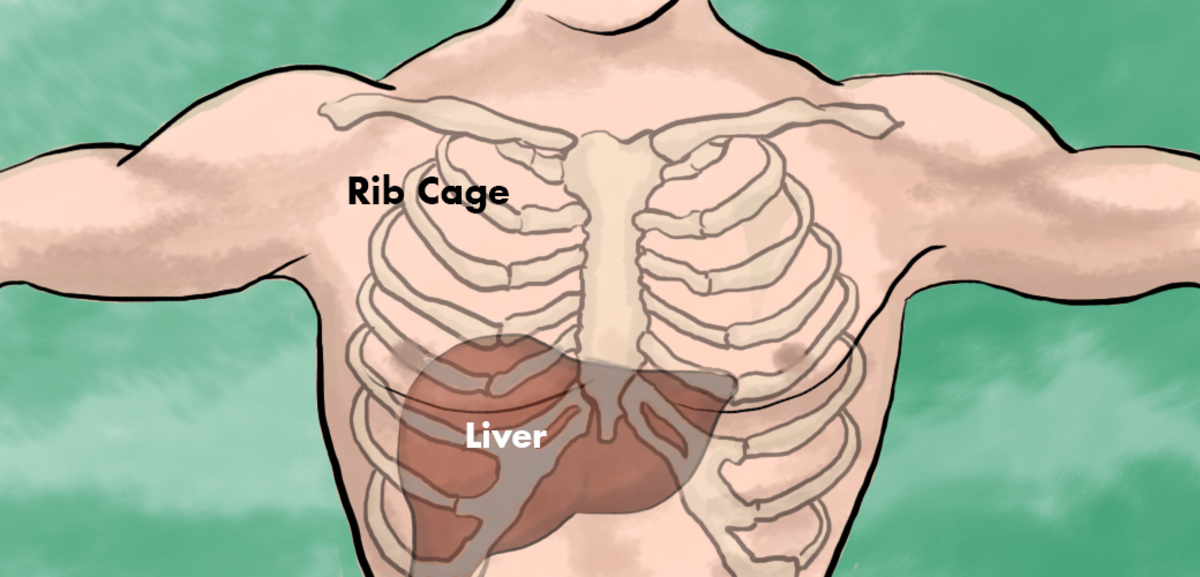Herb gathering, drying and keeping (some rules)
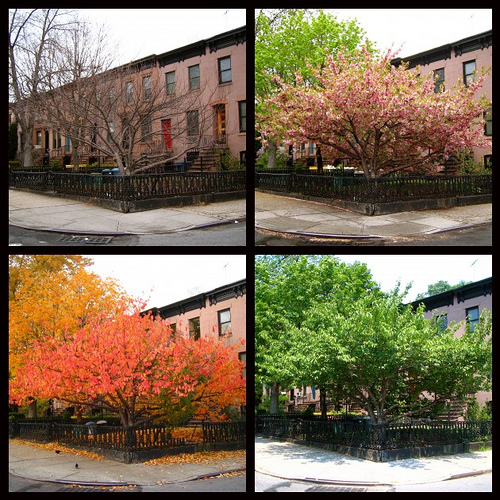
Gathering of herbs cannot be done at any chosen time of the year.
Most of the herbs are beneficial for your health in 2-3 months of the year. Some of them are good when they blossom at spring, while others are good when their roots are fully developed during autumn.
For best results you need to know, in what time of the year the herb you are going to gather is at its best. There are few important rules:
- Young branches (shoots) and leaves are best a little before the plant blossoms.
- Blossoms, are best when fully open and developed.
- Fruits are best when fully mature.
- Roots are best at autumn, when the plant starts to wither and die.
- Bark is good at spring, just after the juices start to circulate the tree or at autumn, when the fruits have been gathered.
- Buds, before they start to open or blossom and
- Seeds, when the fruit is mature and starts to dry by itself.
Why those rules?
Herbs are praised for their qualities to cure illness or their great taste and aroma. Those qualities are not free for the whole year. The concentration of aromatic esters happens when the flowers are open to attract bees and wasps that pollinate the plant. The important juices in roots are most rich in the end of the plant life (not always, some roots are best at spring).
It is valid for all plants. Not just herbs. The healthy concentration of natural Atropine in Atropia Belladona quickly becomes toxic just 3 months later. Apple seeds, when fully mature are toxic for the liver. Wild cucumber (Ecbalium Elaterium L.) is very poisonous while blooming. Valeriana root does not have soothing and calming properties when old etc.
Other plants have various qualities in different stages of the year. Example: Willow bark is very good for tanning skins when young, while old willow bark is best in bitter compounds. The same is valid for Quinine. Young cinchona tree bark is very poor on quinine but is very good for creating natural Tonic water because it is still not THAT bitter.
Having said enough - you simply need to know every herb that interests you. When to search for it and what part of it is good for gathering.
Some more rules:
- Gathering itself needs to be done at sunny and dry day, without rain.
- When gathering in the morning, you need to wait the dew to evaporate.
- You need to be prepared and to know what part of the specific plant, how much of it, how to dry and conserve it
- You should be aware of poisonous plants and look-alikes. And when gathering them - not to touch your eyes, mouth and nose. Only pull and cut such plants with gloves.
- Withered, blackened, moldy, half eaten and dirty plants should be abandoned for fear of parasites, that will later spoil the healthy plants you gather for drying.
- When gathering, put the plant parts in a basket, without stuffing them for better space.
- When drying the herbs naturally in sun light - use only one layer. Do not put too much on a pile, because the ones below will become moldy and wet and can spoil the rest.
- When drying them in tumble dryers, ventilation shelves or other - do not dry them too fast and using high temperature, because important compounds may get destroyed.
How "Dry" is Dry?
- Branches and shoots need to break when bended.
- Middle vein of leaves must break when bent.
- Leaves crushed in fist must not form a ball, but must crush to pieces.
- Roots, likewise must break and not bend.
- Barks too.
- Buds must dismantle in small scales and flakes when crushed.
What, when and how much?
Most plants with essential and etheric oils are best dried at 30-40 ° Celsius (86-104°F). Summer air is around that much.
The other are good at higher temperatures like 45-70°C (113-158°F) with slow warm air flow from a drier, but can also be dried outside in a shade.
Fruits are dried best at 60-100°C. The sun is most often insufficient for fruits and you need some equipment. Air flow must heat slowly from ~30° to 100°.
Before and after drying, the herbs and fruits are checked for parasites, mold, yellow leaves, eaten roots and rotten parts. When drying is complete, you can put the herbs in hermetic jars for safe keeping. Some of the herbs can also be put in paper bags and don't loose their qualities.
I hope this article does not scare you ;) It's quite a good hobby to gather herbs.
What changes can develop in herbs while drying.
After cutting or pulling the needed part of the herb, It has considerable quantity of liquids inside, because the cells are still alive.
If you don't dry them, a process called fermentation can develop and spoil the useful part of the plant. The liquids inside are also a good place for spores and bacteria to develop.
That's why, the herbs need to be dried soon after gathering. Herbs are considered safely dried if the liquid inside is below 15%.
This water cannot evaporate but also can not ruin the healing qualities of the herb itself.
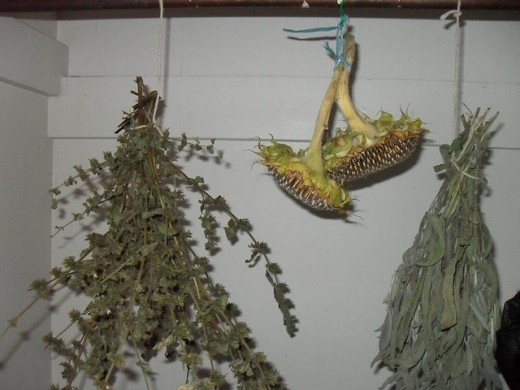
Natural ferments in the plant stop acting when they are heated to about 50 degrees Celsius (122 F). When heated to 70 degrees C (158 F), they are destroyed completely. Not all herbs should be exposed to temperatures that high.
Herbs that have high quantities of vitamin C, etheric oils or glycosides are better dried with air flow only. (Sun destroys chlorophyll and vitamin C, leading to yellow coloring and ruined healing abilities)
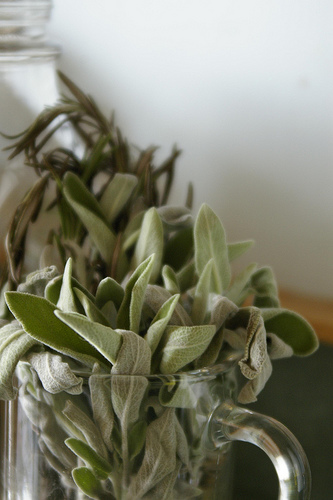
In Willow bark, there are natural fermenting agents that oxidize the tanning agents to phlobaphenes leading to dark colouring of the dried bark. Same is seen in the yellow Gentian roots and other plants. But not all darkening means there are ferments in the process.
Water clover does not change color when drying even if there are ferments inside, while the cranberry goes almost black when dried.
Some plants need to stay dried for some time, until their healing abilities develop fully. The buckthorn needs to stay dried for almost full year while oxidizing processes develop the glycosides inside. If it is not aged for 1 year, it makes you vomit.

